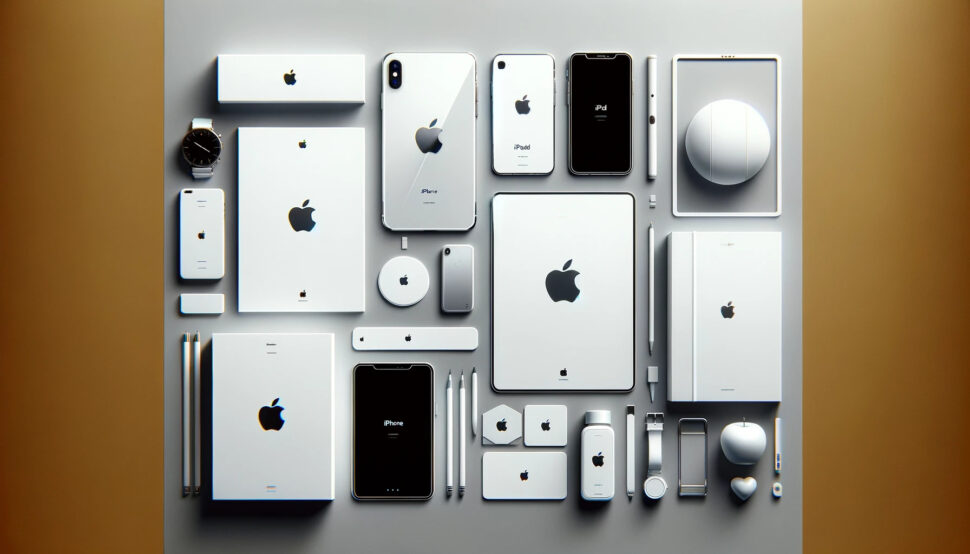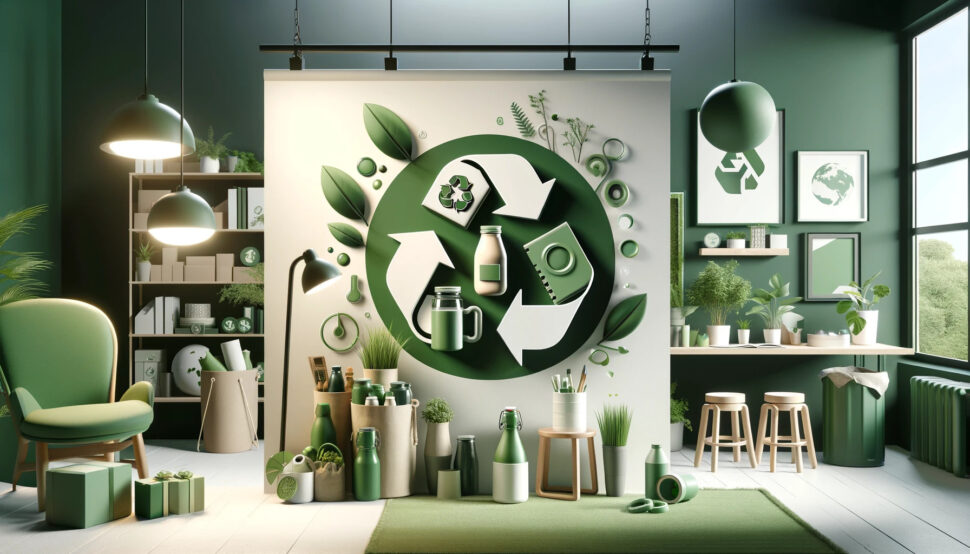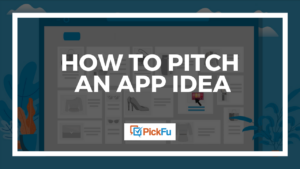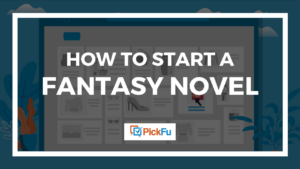Choosing the right retail packaging design might seem like the least important part of your marketing strategy. But in reality, product packaging is a powerful tool for brand recognition and customer engagement. It’s often the first impression customers get of a product.
Think about it: would you buy something wrapped in, say, a bunch of old newspapers or a sheet? That would be silly, right? You wouldn’t know what was inside, or why you needed it, or any other critical information about the product.
Obviously, this is an extreme example. No one (hopefully) is that lackadaisical with their packaging materials.
But the sentiment holds. As shoppers, we want to buy something in an eye-catching, high-quality package that enhances our customer experience.
So let’s explore the essentials of custom retail packaging – and why it matters.
Retail product packaging: 7 tips for success
Whether you’re an in-house package designer or you contract out, you already know there’s a ton of work that goes into product packaging design.
And if you’re working on the packaging design process for a retail company for the first time, you know it’s unique. You can’t just focus on functionality. You have to make the packaging stand out to potential customers.
You have to think about things like brand identity, dielines, and the unboxing experience.
Here are our top tips to help you create the best packaging for retail and e-commerce products.
1. Understand the brand identity
Before you make any decisions about packaging, immerse yourself in the brand you’re working with. Learn everything you can about the brand’s purpose, target audience, and style. Pay special attention to graphic design.
What’s the brand’s color palette? What typography and fonts does it use? What’s the logo, tone of voice, and brand story? Get familiar with the brand’s name, website, product line, and marketing materials like inserts, mailers, and brochures.
Your new packaging design must fit seamlessly into all of it. The goal is to reinforce brand recognition while also creating a fresh and attractive box design.
2. Use tools that make your work easier
By now, you’re probably using design tools for packaging. Tools like Adobe Dimension, ArtiosCAD, and Packly help you create the perfect type of packaging. If you haven’t seen these tools yet, now’s a great time to get to know them.
For example, Adobe Dimension helps you create stunning graphics to put on your packaging boxes. ArtiosCAD creates intricate dielines and 3D packaging models. With ArtiosCAD’s pre-flight feature, you can test your packaging ideas for quality issues before launch.
Many designers use more than one of these tools, so don’t be afraid to mix and match. These tools do more than just make sure the box design is sound. They can also help you figure out where to put logos, graphics, and text. And federally mandated information like net quantity, distributor information, and commodity details.
You can also harness the power of AI for your packaging. AI-assisted label creation doesn’t necessarily mean putting a prompt into DALL-E and using the first image the tool produces. Instead, use the image as a starting point for your label.
AI-designed packages should be original, in the sense that you use them as inspiration or a launchpad for your label.
3. Test the packaging design
Testing your actual product is important. But package design testing is just as crucial. How else will you know if your target audience will like the packaging enough to pick your product off the shelf? You can use PickFu to run proof of concept testing for your packaging designs, not just your products.
People do it all the time.
This PickFu user, for instance, ran an A/B test to find out which pasta packaging customers preferred.
The respondents – all Amazon Prime users – chose the more realistic packaging. Here’s a glimpse of their feedback:
- “I really like the colors of B but I think the product looks super fake and overly processed from the picture. I get a very healthy vibe from A and that what I’m eating is fresh and not super manufactured.”
- “[Option A looks] so much more gourmet and fancy. [Option] B looks like a kid food.”
- “[Option A] tells me that it is hearts of palm. I can also see the product in a clearer way so I know exactly what I will be getting. Although Option B also shows the product, it is covered up with a lot of tomato sauce and it gives me the impression that the sauce is included but I do not see that option on the box. If just the noodles are included then that should be all that is shown.”
Learn more about the respondents’ reasoning in our detailed analysis of this packaging poll.
PickFu can also help you compare how your product looks on a traditional vs. a digital shelf, which is important if you’re selling in-store and online. You could run an Open-Ended poll to gather general feedback, or a Head-to-Head or Ranked poll to compare multiple options and have respondents vote on which they prefer.
Whichever poll type you choose, you’ll get written feedback on whether your target audience likes the way your packaging design looks. For another example, check out how PickFu can help entrepreneurs choose the right coffee packaging design.
4. Make it sustainable
Guess what we don’t need more of in the world?
Plastic.
Consumers are more worried about sustainable packaging than ever before. They want packaging that’s easy to recycle or reuse. And companies are paying attention.
Take LEGO, for example. The company already uses cardboard for its outer packaging. But the actual LEGO pieces are wrapped in single-use plastic bags.
But not for long. By 2025, LEGO will have phased out single-use plastics in favor of recyclable kraft-paper packaging.
Nespresso is another great example of sustainable packaging. The company’s Vertuo pods are made from aluminum, which is super easy to recycle. But getting the coffee grounds out of the pods is not.
That’s why Nespresso offers a recycling program that’s incredibly simple to use. When you order pods from Nespresso, you can add up to two free recycling bags to your cart. The bags come with pre-paid labels.
As you use your Nespresso machine, you can fill your recycling bag with the used aluminum pods. When the bag is full, you drop it off at a UPS store. It goes to a recycling facility that separates the coffee grounds from the aluminum. The coffee grounds become compost and the aluminum gets recycled.
(The next step would be to offer recyclable recycling bags instead of plastic recycling bags. But the current system is a strong start).
This system is so easy that even a busy single mom living in Alaska (yours, truly!) has sent in several bags full of soon-to-be-recycled Nespresso capsules.
There’s really no reason not to make your packaging sustainable. You can use corrugated boxes, kraft paper, or aluminum for most elements of a package.
Sustainability is easier than ever. So take advantage of it.
5. Consider the unboxing experience
When you’re working on a design project for product packaging, it’s important to keep one thing in mind: the customer’s unboxing experience.
It seems counterintuitive, we know.
You’re building a package, not deconstructing it.
But unboxing your package should be a visually appealing and frustration-free experience for customers. It’s also a prime opportunity to insert a few well-placed marketing materials, like inserts that promote special offers.
Order samples of your custom boxes and do some prototype testing in person before you use them. This is also the perfect time to see how they look on store shelves, e-commerce product listing images, and social media. Create mock retail displays and take promotional photos.
Pretend you’re a customer seeing the product for the first time. What information do you get at first glance? What’s missing? Is it easy to open the product and access what’s inside?
6. Leave room for seasonal change
Have you ever noticed how every product in the world seems to develop an orange tinge in the fall? Or a red-and-green palette as the holidays approach? There’s a brand of apples that my 7-year-old adores. They’re called Rockit Miniature Apples.
I noticed something interesting about the label for these apples. For a long time, the label was red. Then, as the 2023-2024 school year approached, the label changed to a friendly back-to-school theme. A few months later, the label turned blue and sported snowflakes and a snowperson.
There’s a reason for these changes. People love buying products that align with the seasons. They’re like cozy reminders of the events happening all around. And they remind customers that their products fit perfectly into whatever special things they’re doing for the season.
If you look at the Rockit packaging, you’ll notice that the font, label size, and product information are consistent across the label designs. The only things that changed were the colors—and the illustrations on the label.
It’s neat to see how easy it is for the graphic design team to customize the label for seasonal changes. Make sure you follow Rockit’s example when you create your own labels and packages.
7. Don’t skip package integrity testing
Package integrity testing sort of sounds like a slog, but it’s the most surefire way to make sure your product will make it to your customers unharmed. The process tests how well the packaging holds up in adverse conditions. Like rough handling during shipping and exposure to extreme temperatures.
Whoever does the package integrity testing should test for leaks, see how well the package can handle being dropped, and just assess the overall strength of the boxes that store and ship your carefully branded product.
Our guide to creating a package integrity testing plan has all the steps you need to know. If they sound overwhelming to some of you, that’s because they are. There’s a lot of science involved. And math.
If you’re an in-house package designer, you might be able to outsource this part to engineers. Or, if you are a packaging design engineer, you’ll love this step more than any others.
As you do all this testing, make changes to your packaging design elements as needed. It’s important to re-test the design to your target audience each time there’s a change. Yes, your packages should be tough, but they shouldn’t be so protected that they’re impossible to unbox.
The good news about having to retest designs to your target audience is that doing it with PickFu is quick and affordable. Test your retail packaging designs with PickFu today!
Frequently asked questions
What is retail packaging?
Retail packaging is the cool, eye-catching wrapping for products you see on store shelves. It serves two functions: protection and promotion. There are usually several layers to retail packaging, from the boxes the products ship into the boxes, bags, and labels you see on the shelves. Retail packaging should be eye-catching and informative.
How to design packaging for retail?
Start your packaging design journey by understanding your brand inside and out. Next, use design and dieline tools to create original product packaging. Finally, run prototype tests, packaging design tests, and packaging integrity tests to make sure your packaging is sound.
What are the rules of packaging?
All labels and packages in the United States must follow the Fair Packaging and Labeling Act (FPLA). This federal law mandates clear and truthful labeling on consumer products. Enacted in 1966, the FPLA makes sure that consumers have essential information about the products they purchase. Labels must display an accurate representation of the contents, net quantity, and manufacturer information. You should also check for any rules or laws specific to your industry.






